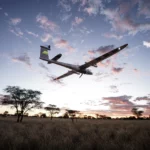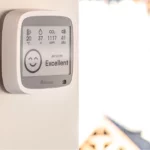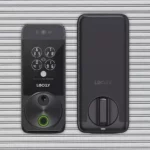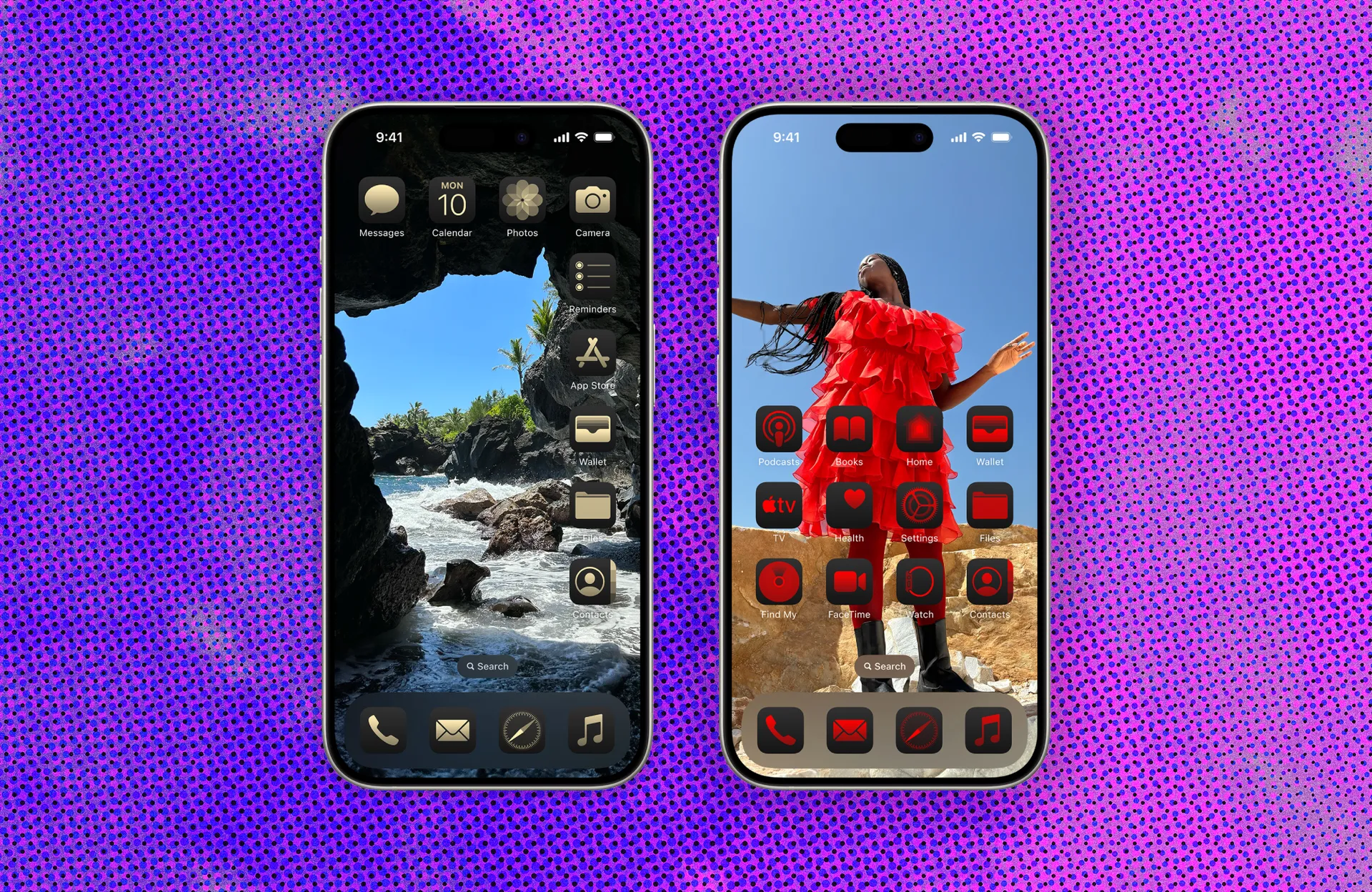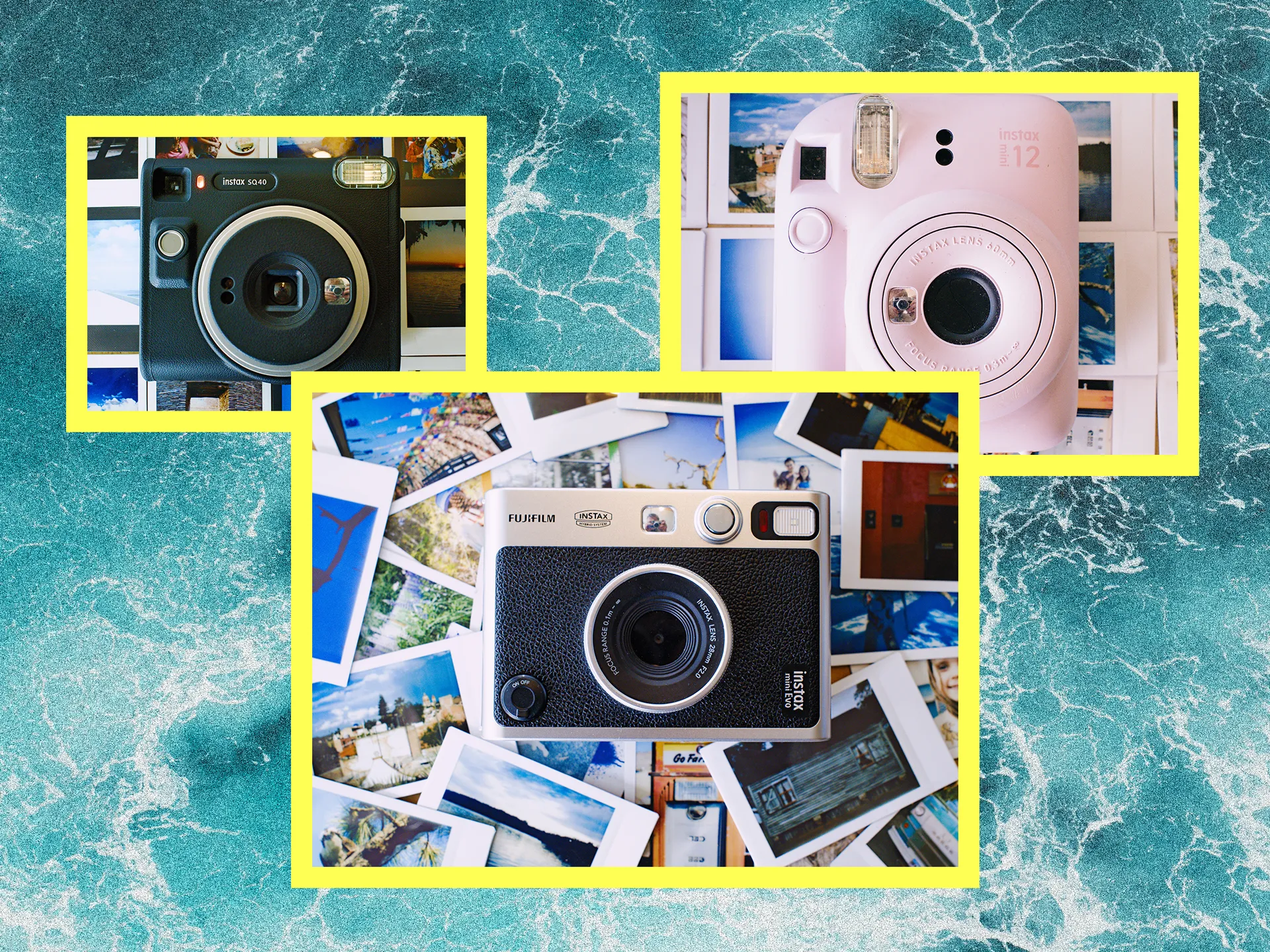
Since the launch of the first Polaroid camera in 1947, instant photography has captivated people around the globe. There’s something undeniably enchanting about watching a photo emerge right before your eyes, and despite the prevalence of smartphone cameras, the charm of instant prints continues to thrive.
Fujifilm’s Instax series has become a significant player in the instant camera market that Polaroid originally pioneered. While there are various alternatives available, Fujifilm’s Instax products have consistently delivered the best image quality and reliability in my experience. Having used their printers for nearly two decades and owning nearly all of their models, I understand the nuances of their lineup. To help you navigate your options, here are the top Instax cameras and printers available today.
Key Considerations: Which Print Size Do You Prefer?
When selecting an Instax camera or printer, the print size is a crucial factor. Instax film is available in three distinct sizes: Mini, Square, and Wide.
- Instax Mini Film: The smallest option, these prints measure approximately 3.4 inches by 2.1 inches (similar to a credit card) and have a portrait orientation. A pack of 20 Mini films typically costs around $14, translating to approximately 60 to 70 cents per print.
- Instax Square Film: Slightly larger, at 3.4 inches tall and 2.8 inches wide, these prints closely resemble traditional Polaroids but are still smaller. The cost per print is around $1.
- Instax Wide Film: The largest option, measuring 4.25 inches by 3.3 inches, these prints are landscape-oriented with a broad border. Prices for Wide film range from $1 to $1.20 per print.
In my experience, Wide and Square prints tend to offer sharper images and more vibrant colors. However, the final quality also depends on the specific camera or printer you choose. Ultimately, it comes down to personal preference—if you can’t decide, consider getting one of each size!
Best Instax Mini Camera and Printer Combo
The Instax Mini Evo stands out as the best hybrid camera and printer in the Instax lineup. It uses Mini film and features a design reminiscent of classic film cameras. The Mini Evo has unique controls, such as an aperture ring and an ISO dial, which adjust lens and film effects. To print, simply pull the film winder, blending functionality with a touch of nostalgia.
With a fixed f/2.0 aperture, the Mini Evo automatically adjusts the shutter speed (ranging from 1/4 to 1/8,000 second) and ISO (100 to 1,600) based on its exposure meter, which has proven reliable in most situations. The camera captures up to 45 images internally, expandable to 1 GB with a microSD card, allowing you to preview shots on the rear screen before printing. Once satisfied, turn the film wind lever, and your print will appear in under two minutes.
What sets the Mini Evo apart are its 10 lens effects, which can be combined with 10 film effects for over 100 creative options. It also includes a remote shooting feature via the Instax app and a selfie mirror for easy self-portraits. The camera is user-friendly, requiring minimal reference to the manual, and also serves well as a printer when paired with the app, allowing easy sharing on social media.
Other Notable Camera and Printer Combos
- Instax Mini LiPlay ($150): This alternative hybrid camera and printer is simpler than the Mini Evo, lacking many advanced features but still capable of printing decent images. It does include fun overlays called “Frames” for personalizing photos. Although its image quality isn’t as high as the Mini Evo, it’s more affordable and prints well.
Best Budget Instax Camera
If you’re looking for an affordable option, the Instax Mini 12 is a fantastic choice. Its cheerful design is user-friendly and features parallax correction, allowing you to frame close-up shots accurately. The camera uses an auto-exposure system and has a fully automatic flash that activates based on lighting conditions.
With a plastic lens and no manual focusing, the Mini 12 embodies simplicity. A new app, Instax Up, lets you scan and share your prints online, making it easier to keep your memories organized.
While the Instax Mini 11 is still available, I recommend opting for the Mini 12 instead, as it offers superior performance at a slightly higher price point.
Best Instax Square Camera
For those who prefer Square prints, the Instax SQ 40 is the top pick. This fully analog camera produces prints in about 90 seconds and is incredibly straightforward to use. Simply twist the lens to turn it on, frame your shot, and press the shutter. It also includes a selfie mode for close-ups, which is useful for accurately framing images.
Powered by CR2 batteries, the SQ 40 can produce around 300 images per set of batteries. Consider getting rechargeable CR2s for convenience.
Other Square Camera Options
- Instax SQ 1 ($115): This colorful and budget-friendly alternative mirrors the SQ 40’s features, offering the same print quality in a more vibrant design.
- Instax SQ 6 ($100 to $150): A more advanced option with manual controls, this camera may be harder to find but is worth considering if you want added versatility.
Best Instax Wide Camera
If you prefer larger prints, the Instax Wide 400 is an excellent choice. It’s similar to its predecessor, the Wide 300, and maintains a fully automatic exposure system. Though it lacks manual controls, it’s still a popular option for its larger format.
This camera has a solid grip and a simple design, making it comfortable to hold. The 95mm f/14 lens delivers decent images, and the added close focus option expands your shooting capabilities.
Other Instax Wide Cameras
- Lomography Lomo’Instant Wide ($200): For those looking to invest a bit more, this camera offers additional lens options and both auto and programmatic shutter modes.
Consider an Instax Printer Instead
For those who may not need a camera, an Instax printer is an excellent alternative. As a long-time user of instant photography, I find that I often create my instant images using an Instax printer paired with a digital camera or smartphone. This combination usually yields superior results compared to using a dedicated instant camera.
My favorite printer is the Link Wide, which produces larger images and features a dedicated app. It allows for creative options like collage printing and adding fun templates to your images. Although some features may seem gimmicky, they can enhance the fun, especially for family gatherings or events.
Other Great Instax Printers
- Instax Mini Link 3 ($99): This compact printer specializes in Mini film and offers innovative printing modes. It’s also user-friendly, with a new USB-C charging feature that enhances convenience.
Additional Considerations
Fujifilm regularly updates its Instax lineup, improving features like faster charging and enhanced performance. While newer models are typically recommended, older versions can still be worthwhile if you find them at a good price.
Options to Avoid
- Instax Mini 11 ($80 to $120): This model lacks many features found in the Mini 12 and is often not worth the investment.
- Older Models (Instax 7s, 8, 9): These outdated cameras feature fixed shutter speeds, making them less versatile than newer options.
Final Thoughts: Camera, Printer, or Both?
Deciding whether you want a camera, printer, or a hybrid model will depend on your preferences. While Instax cameras offer a nostalgic experience with instant photo development, printers can provide higher quality results when paired with a digital camera. If you’re leaning towards printing from your phone or a dedicated camera, an Instax printer is likely the better choice.
Tips for Buying Instax Film
When purchasing Instax film, twin packs are usually the best value. Keep an eye out for bundle deals that can lower the per-print cost, though storing large quantities may require refrigeration. Each Instax model only supports one film size, so plan accordingly.
Fujifilm offers various film options, including black-framed prints and Monochrome for black-and-white images, though specialty films tend to be more expensive than the standard white.
Testing Methodology
To assess the Instax cameras and printers, I conduct extensive hands-on testing, capturing a range of scenes under different lighting conditions. I evaluate how each model performs and compare results to find the best options for various users. With nearly 20 years of experience using Instax products, I can provide insights based on real-world usage.

